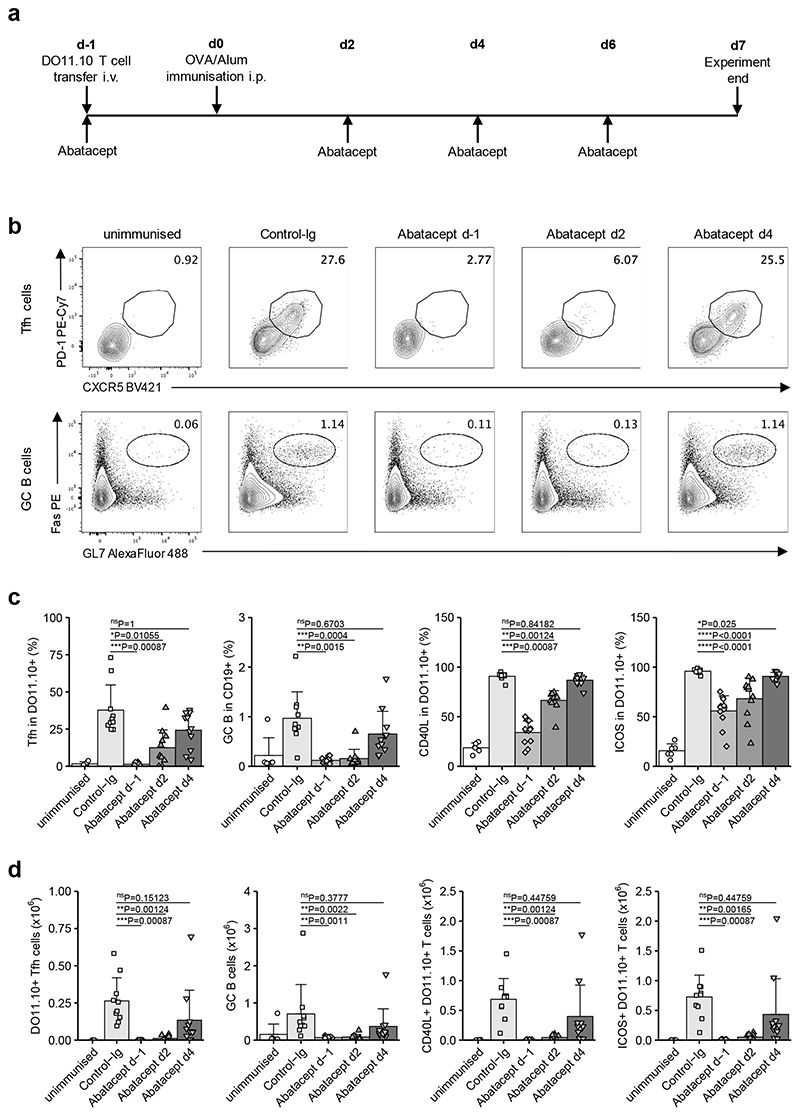Figure 1. Time-sensitive inhibition of Tfh by Abatacept in immunised mice.
DO11.10 T cells (2 x 105) were injected i.v. into Cd28−/− mice that were immunised i.p. with 200 μg of OVA/alum 24 h later. Abatacept or Control-Ig were administered i.p. every two to three days starting at the indicated time points. Control-Ig treatment was initiated at d-1. At day 7 after immunisation, spleens were harvested for analysis. (a) Representation of treatment scheme. (b) Representative flow cytometry plots for CXCR5+PD-1+ Tfh cells in gated CD4+DO11.10+ cells (top) and Fas+GL7+ GC B cells in gated CD19+ cells (bottom). (c) Collated data for Tfh cells, GC B cells, and CD40L and ICOS frequencies in gated CD4+DO11.10+ cells. (d) Collated data for absolute numbers of DO11.10+ Tfh, GC B cells, CD40L+CD4+DO11.10+ cells and ICOS+CD4+DO11.10+ cells. Data are compiled from five independent experiments; n=6 mice unimmunised, 10 mice Control-Ig, 12 mice Abatacept d-1, 11 mice each Abatacept d2 and Abatacept d4. Mean + SD are shown. (c) and (d) Kruskal-Wallis test for multiple comparisons followed by pairwise two-tailed Mann-Whitney U test with Bonferroni correction; ****, p < 0.0001; ***, p < 0.001; **, p < 0.01; *, p < 0.05; ns, not significant.

